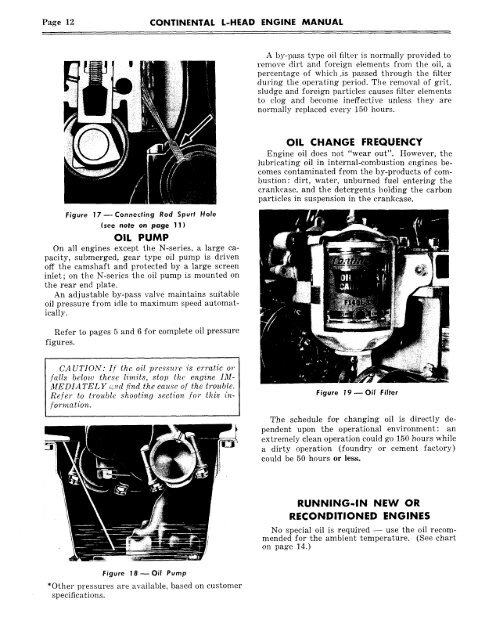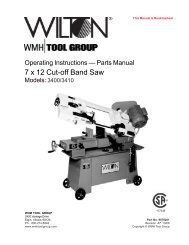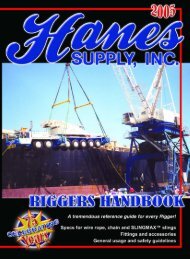Continental L-Head Overhaul Manual - Igor Chudov
Continental L-Head Overhaul Manual - Igor Chudov
Continental L-Head Overhaul Manual - Igor Chudov
Create successful ePaper yourself
Turn your PDF publications into a flip-book with our unique Google optimized e-Paper software.
Page 12 CONTINENTAL L-HEAD ENGINE MANUAL<br />
Figure 17--Connecting Rod Spurt Hole<br />
(see note on page 11)<br />
OIL PUMP<br />
On all engines except the N-series, a large capacity,<br />
submerged, gear type oil pump is driven<br />
off the camshaft and protected by a large screen<br />
inlet; on the N-series the oil pump is mounted on<br />
the rear end plate.<br />
An adjustable by-pass valve maintains suitable<br />
oil pressure from idle to maximum speed automatically.<br />
Refer to pages 5 and 6 for complete oil pressure<br />
figures.<br />
CAUTION: If the oil pressure is erratic or<br />
falls below these limits, stop the engine IM-<br />
MEDIATELY ~.~d find the cause of the trouble.<br />
Refer to trouble<br />
formation.<br />
shooting section for this in-<br />
Figure 18~0il Pump<br />
*Other pressures are available, based on customer<br />
specifications.<br />
A by-pass type oil filter is normally provided to<br />
remove dirt and foreign elements from the oil, a<br />
percentage of which.is passed through the filter<br />
dm’ing the operating period. The removal of grit,<br />
sludge and foreign particles causes filter elements<br />
to clog and become ineffective unless they are<br />
normally replaced every 150 hours.<br />
OIL CHANGE FREQUENCY<br />
Engine oil does not "wear out". However, the<br />
lubricating oil in internal-combustion engines becomes<br />
contaminated from the by-products of combustion:<br />
dirt, water, unburned fuel entering the<br />
crankcase, and the detergents holding the carbon<br />
particles in suspension in the crankcase.<br />
Figure 19 ~ Oil Filter<br />
The schedule for changing oil is directly dependent<br />
upon the operational environment: an<br />
extremely clean operation could go 150 hours while<br />
a dirty operation (foundry or cement factory)<br />
could be 50 hours or less.<br />
RUNNING-IN NEW OR<br />
RECONDITIONED ENGINES<br />
No ~pecial oil is required -- use the oil recommended<br />
for the ambient temperature. (See chart<br />
on page 14.)
















